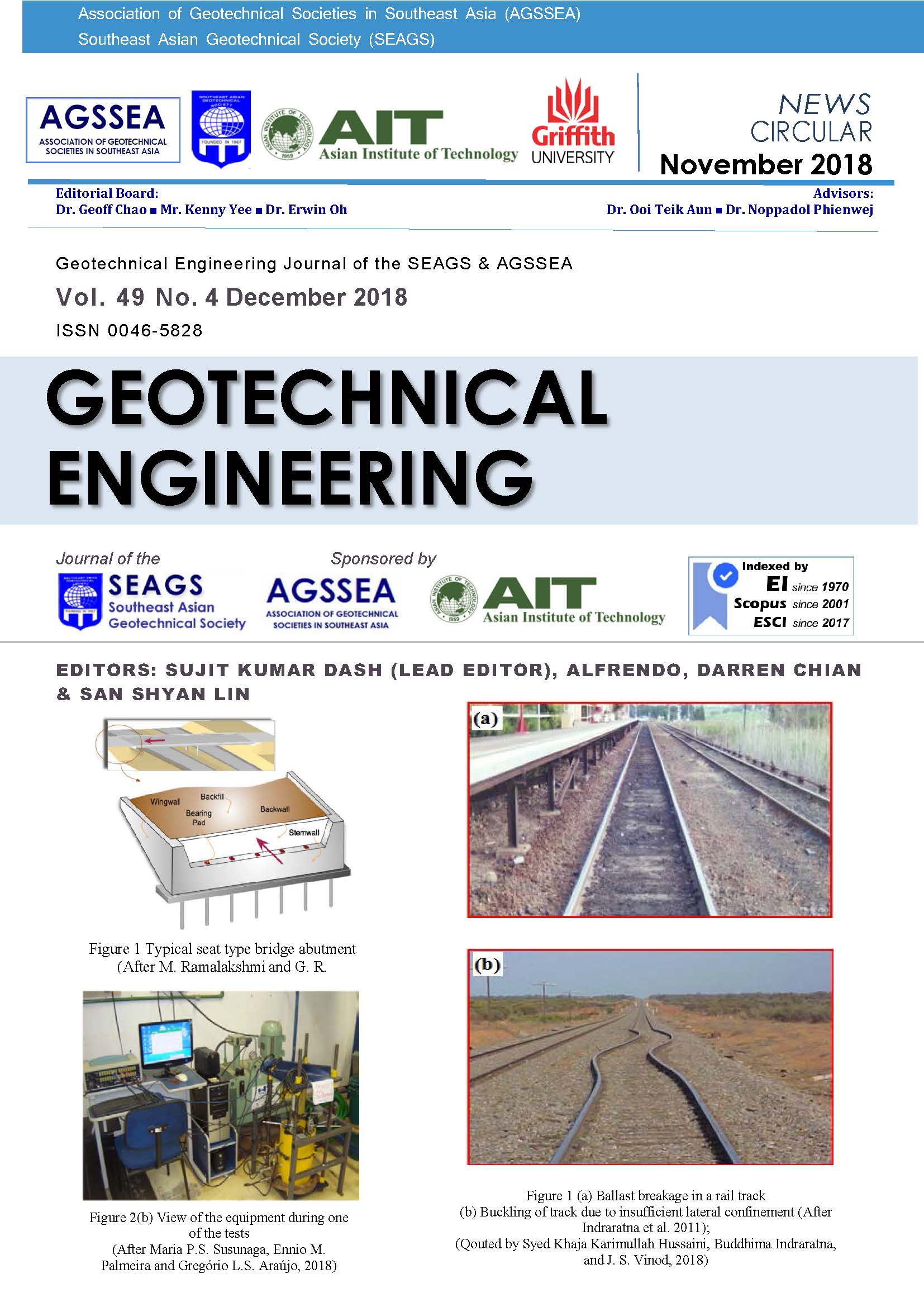Performance of Ballasted Track under Impact Loading and Applications of Recycled Rubber Inclusion
Main Article Content
Abstract
In this paper a review of the sources of impact loads and their effect on the performance of ballasted track is presented. The typical characteristics and implications of impact loading on track deterioration, particularly ballast degradation, are discussed. None of the procedures so far developed to design rail track incorporate the impact that dynamic loading has on the breakage of ballast and therefore it can be said to be incomplete. An intensive study on the impact of induced ballast breakage is needed in order to understand this phenomenon and then use the knowledge gained to further advance the design methodology. A stiff track structure can create severe dynamic loading under operating conditions which causes large scale component failure and increases maintenance requirements. Installing resilient mats such as rubber pads (ballast mat, soffit pad) in rail tracks can attenuate the dynamic force and improve overall performance. The efficacy of ballast mats to reduce structural noise and ground vibration has been studied extensively, but a few recent studies has reported how ballast mats and soffit pads reduce ballast degradation, thus obviating the necessity of a comprehensive study in this direction.
Article Details

This work is licensed under a Creative Commons Attribution-NonCommercial-NoDerivatives 4.0 International License.
Copyright © 2019 Association of Geotechnical Societies in Southeast Asia (AGSSEA) - Southeast Asian Geotechnical Society (SEAGS).


